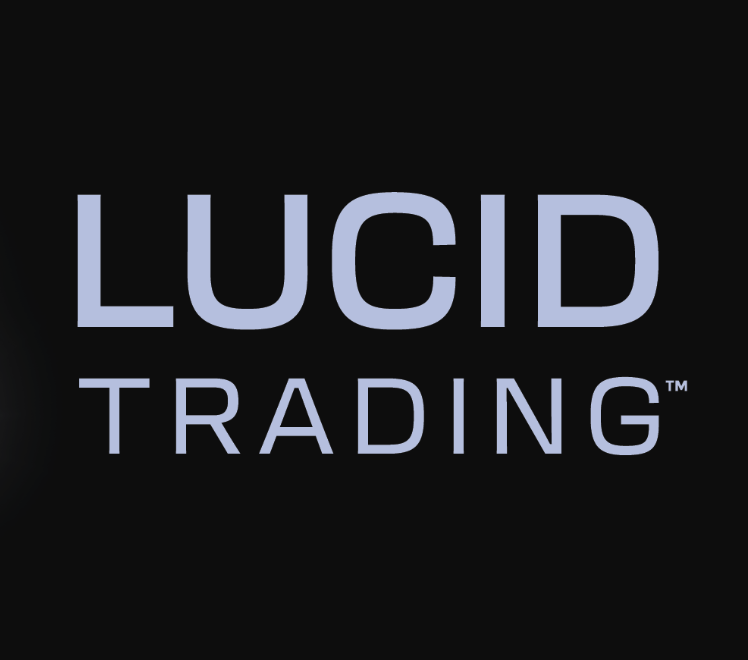Forex vs Futures: Commission Costs Kill Your Edge

Here’s what you’ll take away from this:
- Forex hides costs in the spread—futures hits you upfront, hard.
- Commissions quietly chip away at your edge, especially if you overtrade.
- In prop trading, every dollar of cost is a dollar closer to blowing your evaluation.
You ever finish a trading day in profit… but your payout feels lighter than it should?
Welcome to the slow bleed.
Not from losses. Not from bad trades.
But from costs you didn’t factor in.
Most traders ignore commissions, spreads, and fees because they look “small.” Just a couple bucks here. A little spread there. Nothing major, right?
Yeah—until you multiply it over 300+ trades a month.
Or worse—when you’re trading with prop firms and every dollar of cost eats into your daily drawdown limit like acid.
I didn’t really get it at first either. Back in my forex days, I thought I was doing okay. Profitable sessions, tight stops, frequent entries. Then I ran the math and realized my “break-even” win rate was a complete fantasy once I added in the actual trade costs.
Switching to futures helped—but it brought a whole new set of costs. Visible, yes. Transparent? Sure. But still brutal if you’re not trading smart.
If you haven’t read my full breakdown of switching from forex to futures, hit that first. It explains the structural shift. But this article? This one’s about the numbers that quietly destroy your edge—especially in a prop trading world where every dollar (and every trade) gets judged.
Also, if you’re still fuzzy on how prop firms actually work, or why trading firm capital changes everything, go check out what prop trading really is. Understanding the structure is key before you even think about optimizing costs.
Let’s get into the real breakdown—where the costs hide, why they matter more than you think, and how they screw you way before you hit your stop-loss.
Let’s Be Real: You Don’t Trade for Free
There are four types of costs that quietly drain your P&L:
- Commissions – The obvious one. Per trade or per contract. Futures slap you up front, forex often hides it in the spread.
- Spreads – The gap between what you buy and sell at. In forex, it’s your default cost. In futures? Often just 1 tick—but it still matters.
- Slippage – You wanted in at X. You got filled at X + 2 ticks. That’s a cost. And in fast markets, it adds up.
- Platform fees – Some firms bake this in. Some don’t. But you’re always paying someone to route your trade.
The worst part? Most of this stuff doesn’t show up until you check your statement—or until your challenge fails and you realize half your drawdown was eaten by “non-losses.”
Forex Costs: Slippery and Stacked
Here’s the trap most retail traders fall into with forex:
You think you’re not paying much—because no one tells you you’re paying.
No visible commission? Cool.
“Zero fees” account? Sounds great.
Tight spreads? Sure… until it’s 9:01 AM and EUR/USD magically widens for no reason.
That’s the game. Forex brokers make it look cheap by hiding costs inside the spread. And when you’re just starting out—or even when you’ve got experience—you don’t notice. You’re too focused on the candle to see the leak.
But let me break it down:
Let’s say your average spread is 1 pip on EUR/USD.
You trade one standard lot (100k). That’s $10 per trade built in. You don’t see it as a line item, but it’s there—every entry, every exit. In and out? That’s $20. Multiply that by 5 trades a day and you’ve already given your broker $100—before you even look at your win rate.
Now throw in:
- Inconsistent execution—especially around news
- Variable spreads depending on time of day
- Prop firms marking up spreads further to cover their own costs
…and suddenly your “low-cost setup” is bleeding money every day.
I didn’t realize how bad it was until I started journaling net P&L vs. gross.
There were weeks where I was actually winning—but not enough to outpace the friction.
That’s the killer: forex costs are so invisible, they don’t even feel like losses.
But they are.
Futures Costs: Transparent but Brutal
Futures don’t hide anything. That’s the upside.
You know your commission. You know your exchange fee. You know your platform cut. It’s all right there—on every single contract.
But that transparency doesn’t make it cheap.
You’re paying around $4 to $6 round-trip per contract (depending on the platform and routing). Trade two contracts? That’s $8–$12 just to play. Doesn’t sound like much until you’re doing 5–10 trades a day. Now you’re burning $60+ daily in raw fees, before slippage or mistakes.
And when you're scalping? That fee hits hard. You need the move to go farther just to break even. One-tick exits? Basically worthless.
So yeah, it’s clean. It’s consistent.
But if you overtrade or chase noise, the cost stacks up fast—and it’s staring you in the face every session.
Same Trade, Different Cost: Let’s Do the Math
Let’s say you’re taking a basic scalp trade. Nothing fancy. $100 risk. In and out in under 5 minutes. You hit your 1R. Nice win.
But what did it really cost?
Forex version (standard account):
- Entry/Exit spread: ~1 pip = $10
- No commission? Sure, but it’s baked in
- Slippage around NY open? 0.5 pip extra = $5
- Total cost per trade: ~$15 (best case)
Now take 5 trades/day = $75
Over 20 trading days = $1,500/month
You’re leaking a part-time salary just for the right to trade.
Futures version (1 ES contract):
- Round-trip fee (commission + exchange): ~$5.50
- 1-tick spread? Yep, another ~$12.50 if you’re impatient
- Slippage in fast moves? Add $6.25+
Total cost per trade: ~$12–$18
So yeah—both cost money.
Futures just shows it to your face.
Forex? Slips it out your back pocket while you’re staring at indicators.
And again—this isn't about the dollar amount. It’s about how cost destroys edge. If your average win is $40, and you're giving up $15 per round? You’re already playing catch-up. Every. Single. Trade.
Why Cost Hurts More in Prop Firm Trading
When you're trading your own account, costs suck.
When you're trading a prop firm evaluation?
They can straight-up kill your challenge—before you even take a real loss.
Here’s why:
You’re not just managing trade risk.
You’re managing drawdown limits—daily and overall. Every dollar of commission eats into that buffer. Slowly. Silently.
Take this:
- Prop firm gives you $1,000 daily drawdown.
- You take 6 trades in futures at $6 each. That’s $36 gone, no losses, just costs.
- That’s already 3.6% of your daily cushion—before the market even moves.
Now imagine doing that in a sideways day, or worse, chopping yourself out with 10+ entries. You might end the day flat or barely red… and still be halfway to violating your limit.
Same thing in forex. But worse, because you usually don’t see the cost. Spreads and slippage bleed you out quietly, and by the time you realize it, you’re down $200 on “scratch trades.”
In prop trading, every trade needs to justify its cost. Not just the risk, not just the reward—but the friction. Because you’re not playing with house money until you pass. And the firm? They don’t care how you lose—just that you do.
How I Trade Now (And What You Should Take from This)
I used to chase every setup. Every signal. Every micro-move that looked like a “perfect entry.”
Didn’t matter if I was net green or red—my broker and the firm always got paid.
That’s when it clicked:
If your strategy doesn’t factor in cost, it’s not a strategy—it’s a slow bleed dressed up as trading.
These days? I take fewer trades. Better setups. Cleaner entries. And I avoid the kind of overtrading that turns a break-even day into a -$150 fee pile.
I look at each trade like this:
“Does this move justify the cost to participate?”
If the answer’s no, I pass.
Even if it goes without me. Especially if it goes without me.
This also changed how I build strategies. Small targets don’t make sense anymore—not with $12 round-trip cost per contract. So I look for higher R setups, tighter structure, better conviction.
If you’re looking for setups that actually hold up inside prop firm rules (costs included), check out these 5 trading strategies that actually work. Real trades. Real rules. No fluff.
Bottom line?
Costs matter more than most people realize—especially when you’re trying to scale, pass challenges, or just stay sane under pressure. If you’re not adapting your trading to account for them… you’re already behind.
🎁 Win a $100,000 TopOneFutures Challenge
Every month, I’m giving away one 100K Futures evaluation from TopOneFutures worth $225.
⚠️ Exclusively to new newsletter subscribers. Enter your email. Get in the draw. Get weekly high-value content and best offers, no BS.
Enter Now & Win a 100K Challenge

.png)

.jpeg)
.webp)

.webp)
.jpeg)
.png)
.png)
.jpeg)
.jpeg)



.png)






.png)
.png)
.jpeg)
.jpeg)

.jpeg)
.png)
.jpeg)




.jpeg)


.webp)
.webp)
.webp)